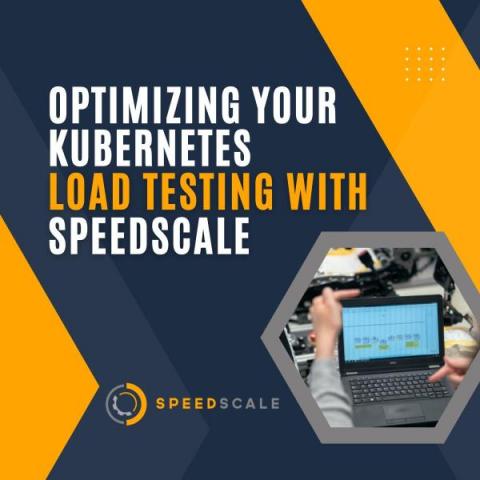How to Get Started with Software Testing
You've forgotten to add frontend validation to number fields, and now people are getting an error when they enter text into those fields. However, this is an issue that's easily preventable-by implementing a proper test that checks for edge cases, but how do get started with software testing? Avoiding bugs in production is just one advantage of testing, it also helps you be more confident about your applications, opens up the potential for a full CI/CD pipeline, and much more. In this post, we'll introduce you to software testing, as well as provide pointers on how to move from beginner to advanced.











